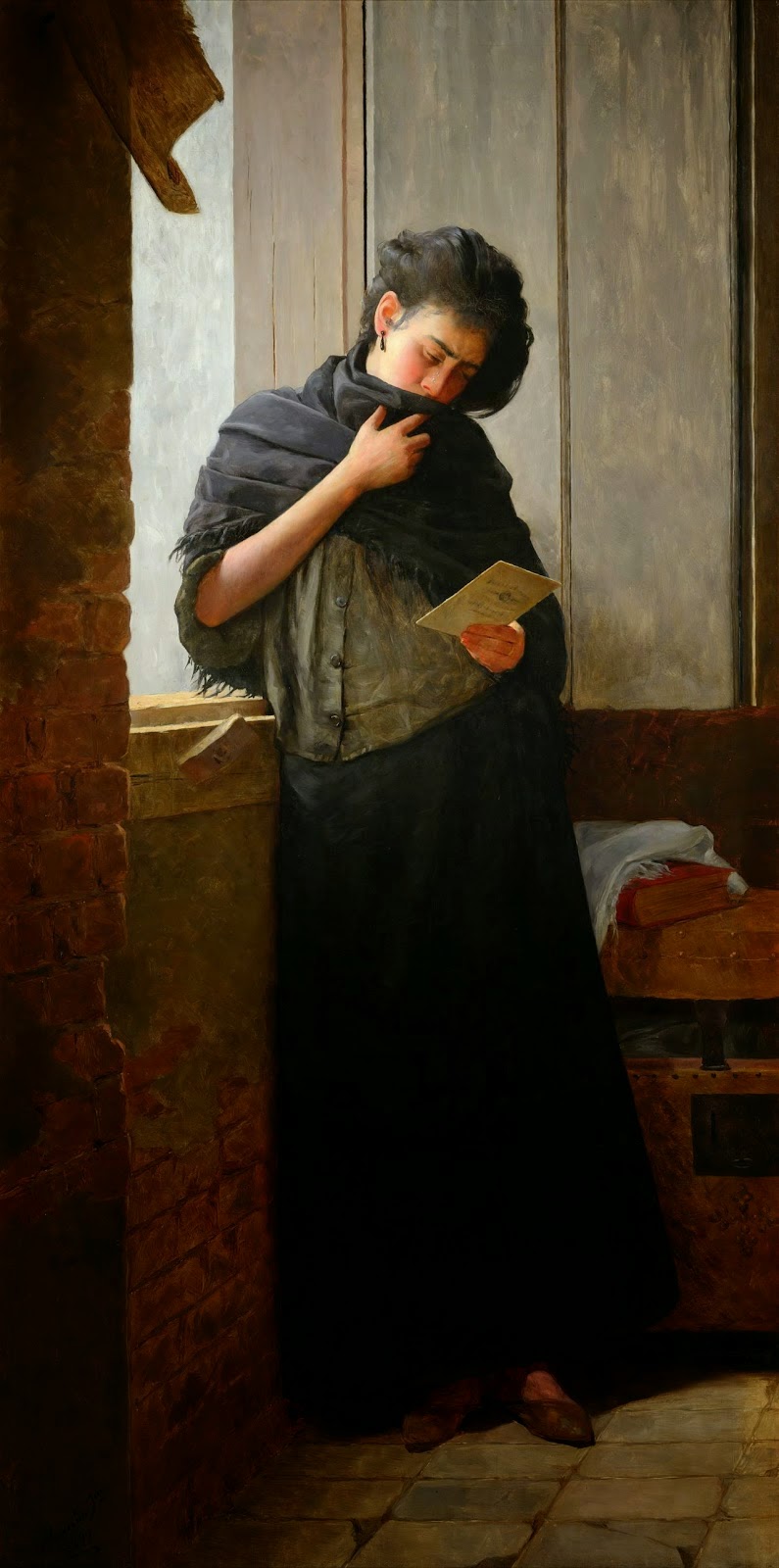
José Ferraz de Almeida Júnior (8 May 1850 – 13 November 1899) was a major Brazilian painter whose works became a source of inspiration for subsequent modernists. As a painter, he defied the popular traditions of his contemporaries and carved a new niche for himself. At a time when his fellow painters were achieving fame by painting mythological and historical subjects, he decided to focus on reality and portray the beauty of rural life.
The subjects he chose to paint were an unchartered territory, but his skill ensured that the gamble paid off. The audiences were simply bowled over by his paintings of farmers and workers and other rural folk amidst their daily lives. His works came to be admired for its meticulous detail and touching images. Inspired by the French realist and naturalist paintings, he soon became the leading light in Brazil’s realist painting scene.
Almeida Junior was born in the little town of Itu, in Sao Paulo, Brazil, on 8 May 1850. His father, Miguel Correa P, was a priest at the Church of Our Lady of Candelaria. His father was his earliest and strongest supporter who encouraged him to lead an artistic career. As a young boy, he worked as a bell ringer in his father’s church where he created some paintings on sacred themes. When he was 19 years old, his father organized a fundraising, so that the young artist could go to Rio de Janeiro and complete his studies.
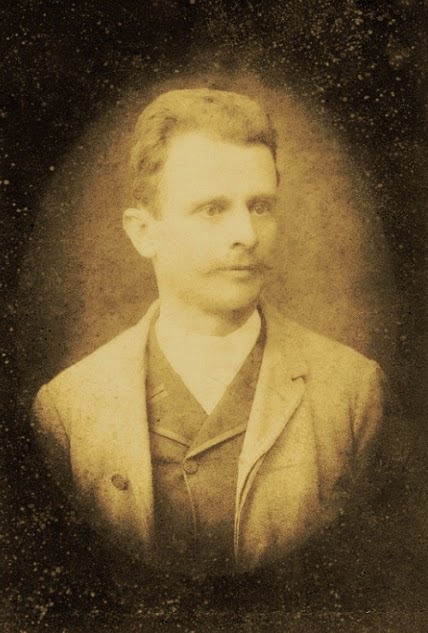


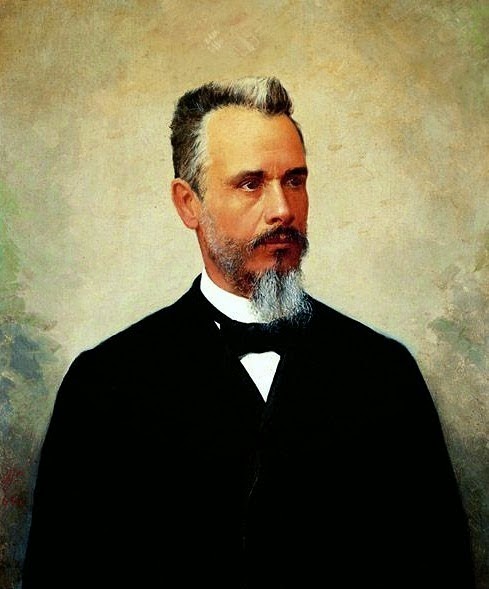


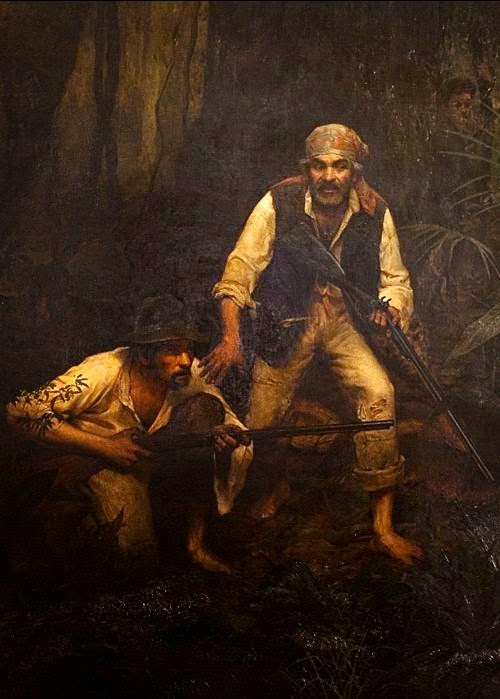
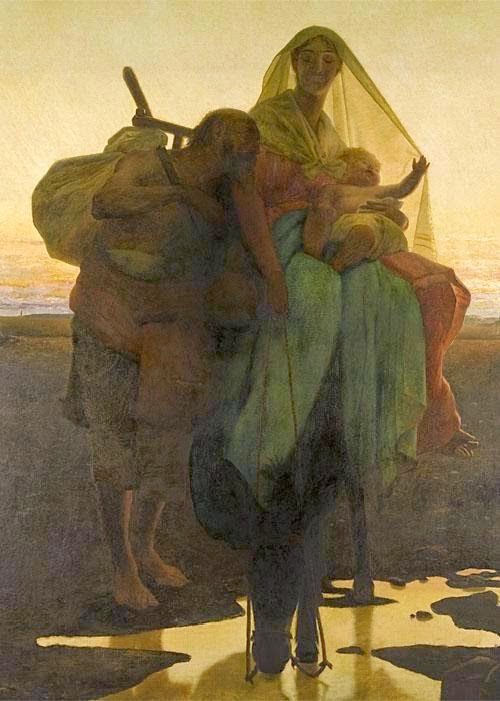
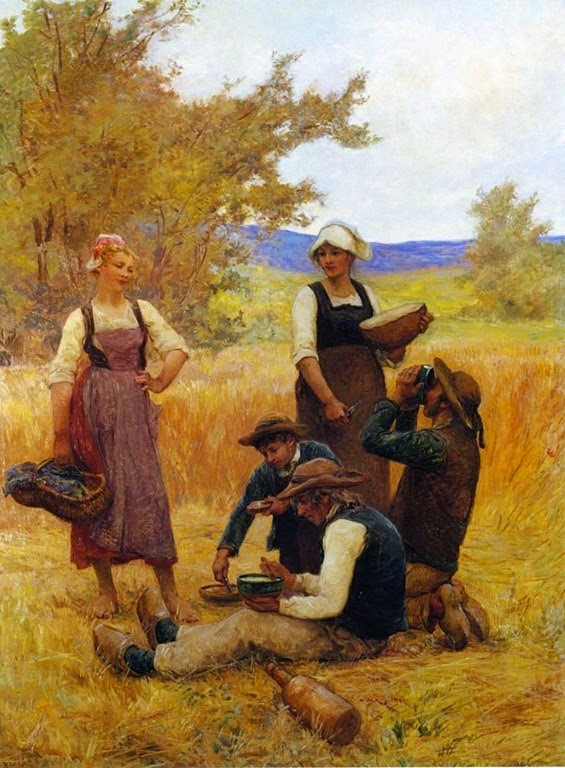


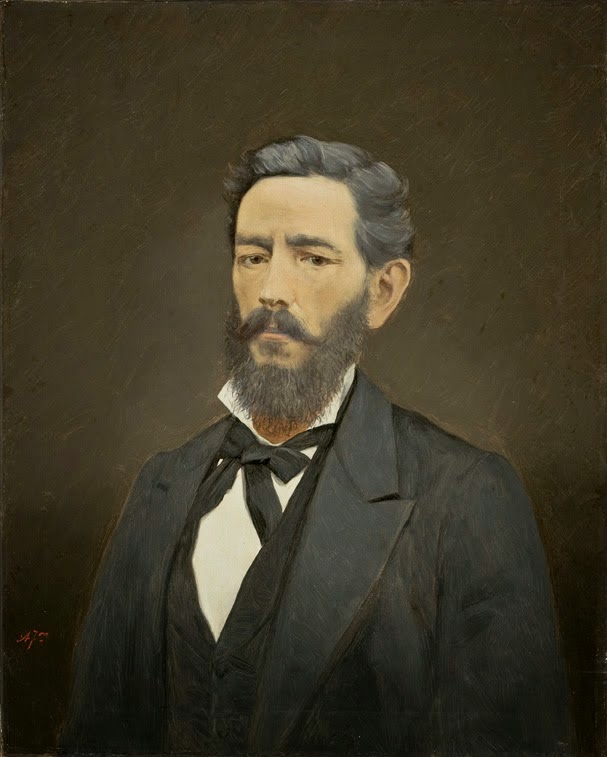

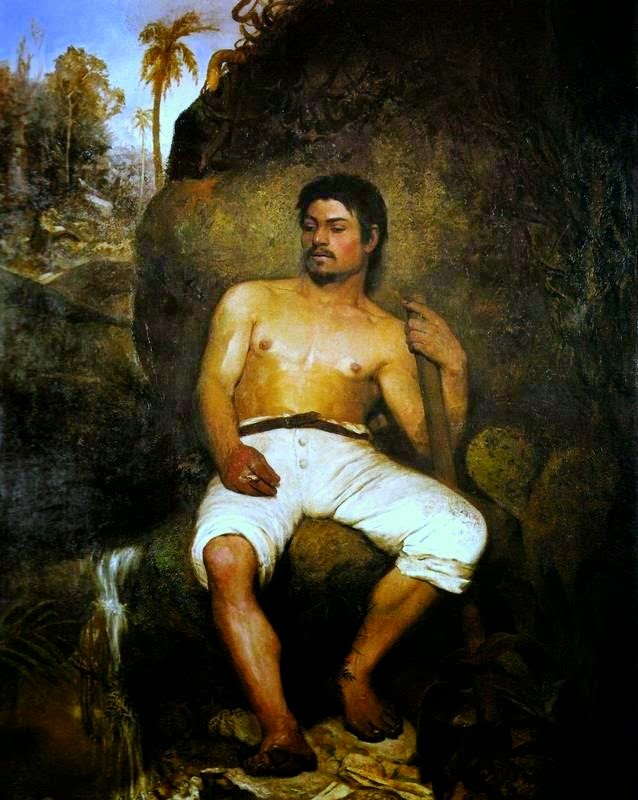
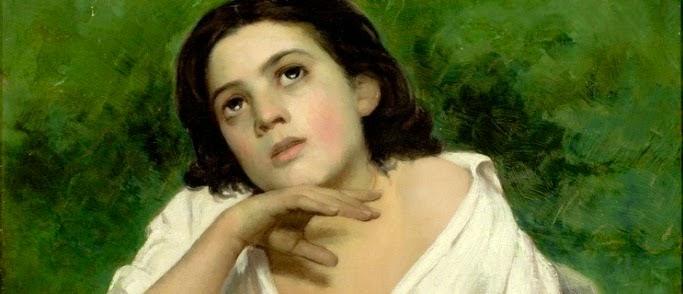

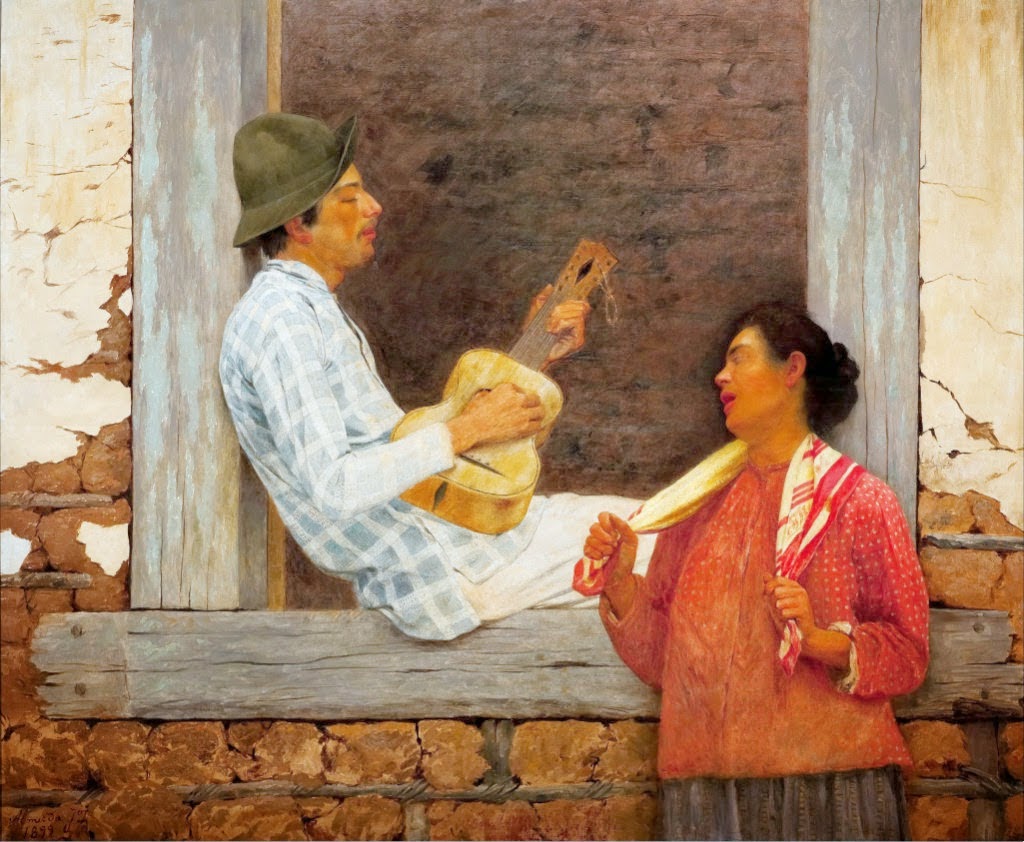
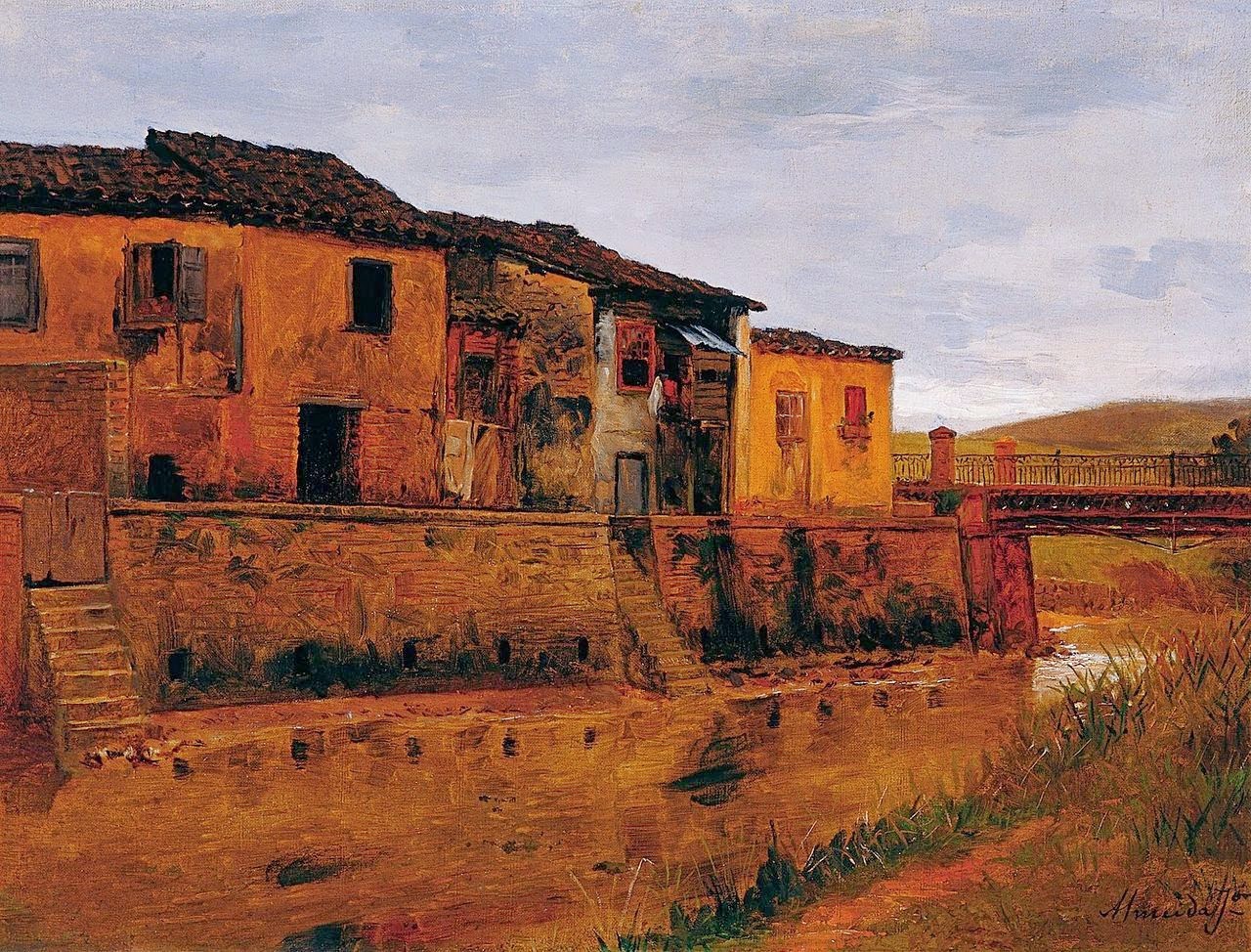
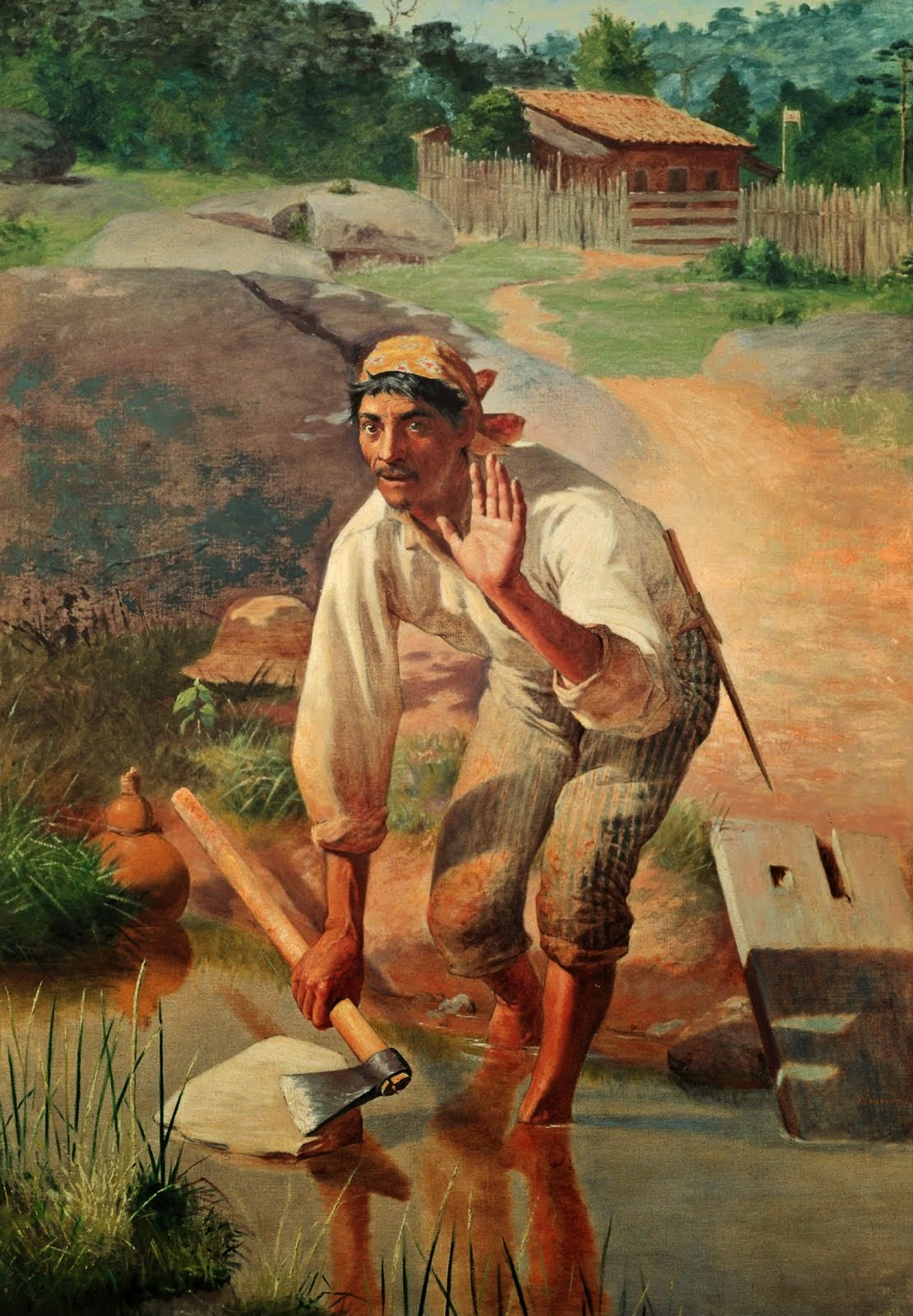

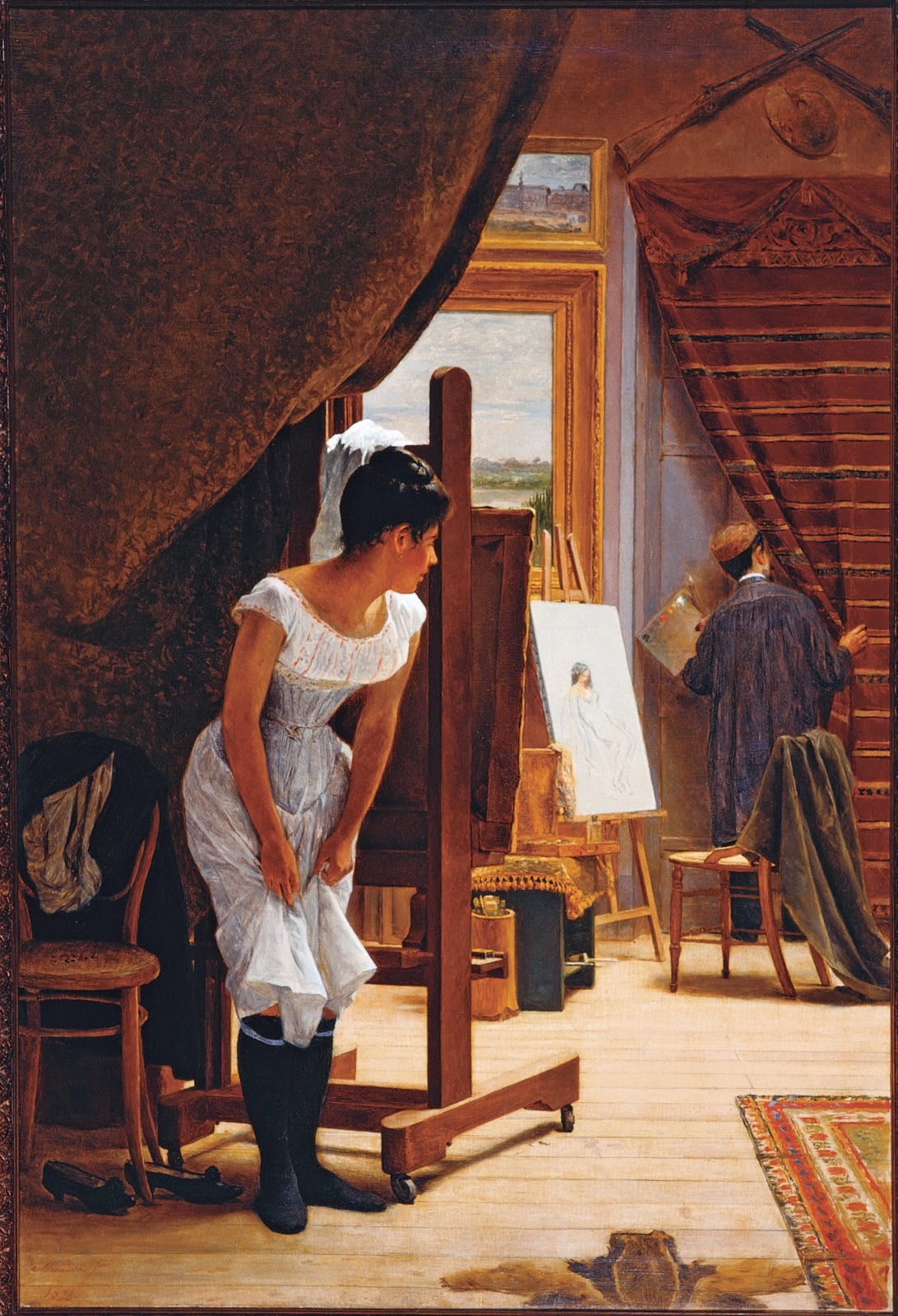
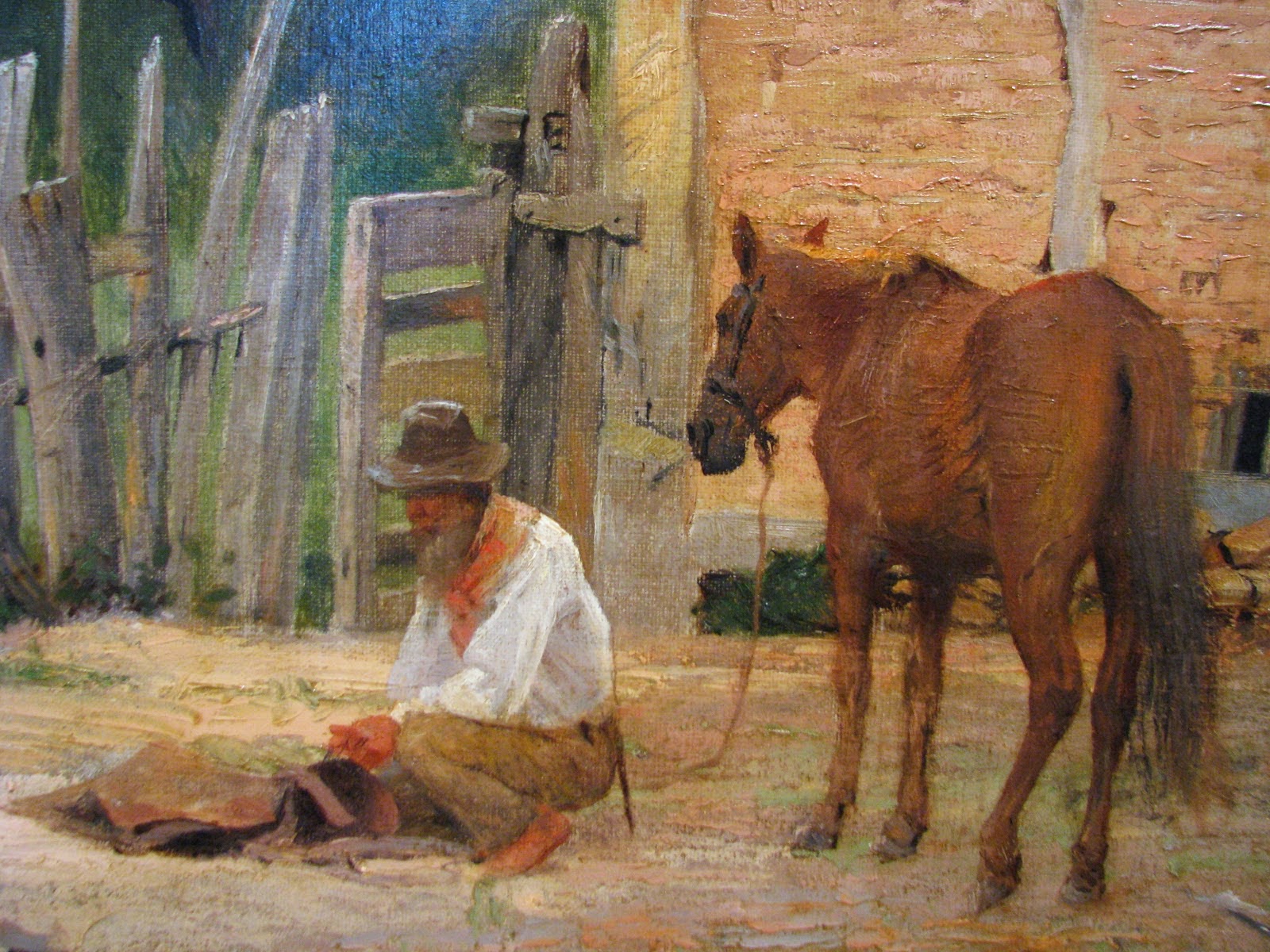



/cdn.vox-cdn.com/uploads/chorus_image/image/62810996/Amm_DeepSentinel_01.0.jpg)

More Stories
Benefits and Pros vs Cons – Moosmosis
Steve Hargadon: New Dr. Albrecht Library 2.0 Podcast: “DEI and BELONGING”
Spark Student Creativity with Handmade Gifts